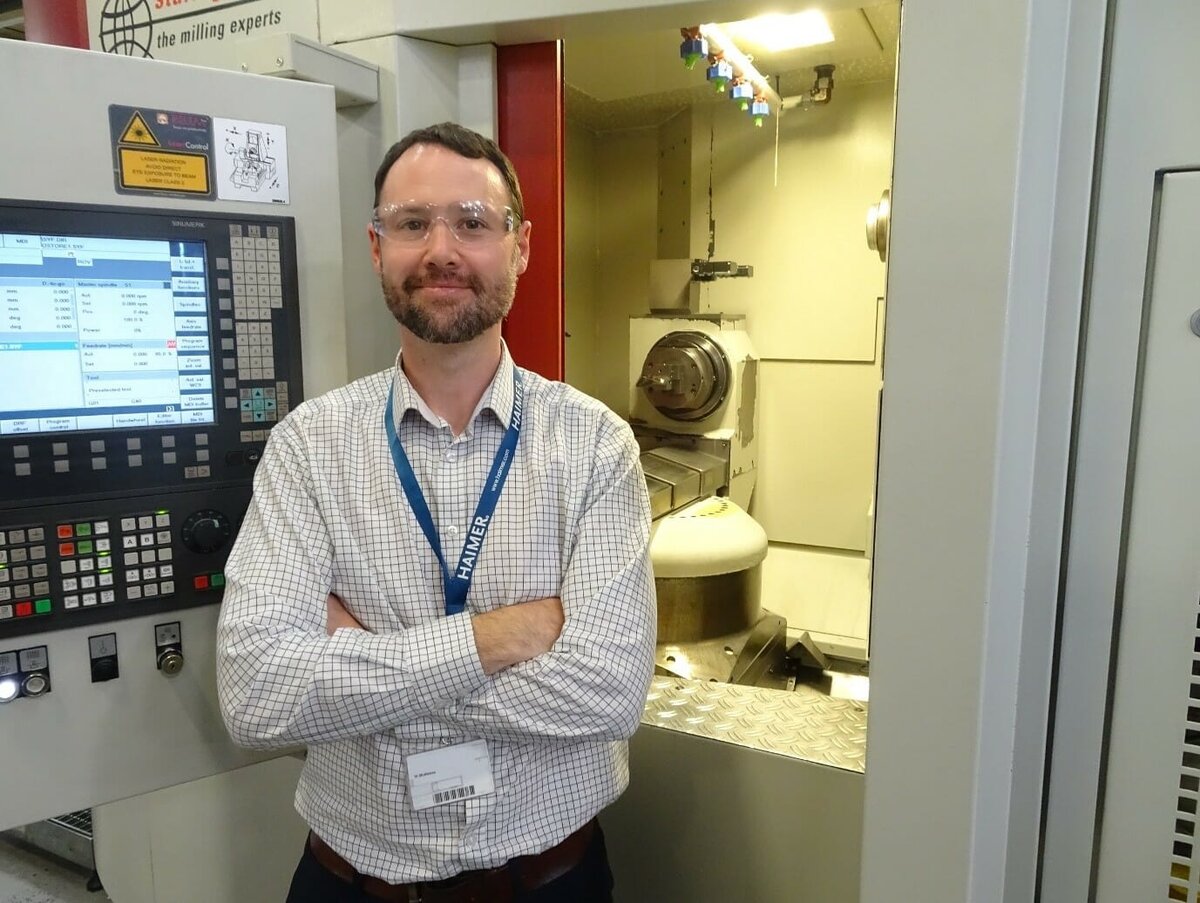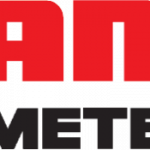JJ Churchill continues to set the bar in gas turbine blade machining by building on its success in machining blades complete from solid in a single set-up, rather than machining larger batches of forgings. Working closely with machine supplier Starrag, JJ Churchill is now developing specific production processes that look set to consistently produce world-beating time and manufacturing benefits through the implementation of both in-process probing (before machining commences) and adaptive milling routines.
Both techniques are forecast to result in unprecedented savings in overall production times as well as improved surface finishes to eclipse the 0.7/0.8 Ra currently being achieved by JJ Churchill when using a ‘super finish mode’ on the Starrag machines.
Indeed, the developments – which are being evolved in close co-operation with the Swiss machine tool builder that has so far supplied five high-speed, five-axis machining centres, with another on order, to the company – are among a number of initiatives being led by JJ Churchill’s Head of Engineering, Will McAleese and his team.
According to Mr McAleese: “It is some time now since we’ve proved that machining blades from bar has a number of advantages over the traditional route of machining forgings, not least the fact that the process negates the need for relatively large batch.
Using Starrag’s RCS CAM software, the machining program then automatically adjusts to the blade’s true position within the machine and determines the ‘best fit’ position of the blade in relation to the root. This means we can eliminate the need to measure the blade (by co-ordinate measuring machine) after machining and, if necessary, adjust and re-write programs then undergo a period of post-programming before we can re-start machining.
With extended selection of machining strategies, RCS provides highly efficient and effective programming due to its parametric input structure, and cycle times are minimised via the software’s optimal selection of milling strategies – taking the best and most effective cutter path in relation to blade cusp height and tool radius. The latest (version 7.4) of the RCS suite includes improved routines for snubber machining, trochoidal milling and reduced tool wear, while significantly reducing pre-production programming times.
Used by JJ Churchill in conjunction with Unigraphics CAD, RCS enables programmers to, for example, create difficult features such as variable fillet radii – and JJ Churchill has sizes – one-offs to 90-off are feasible compared to a minimum batch of, say, 300-off when oversize (usually by 3 mm) forgings are used. And the resultant time savings can be enormous when it is accepted that lead times for forgings can sometimes be one year!
“In addition, blade integrity from billet compares with that from a forging, and milling from solid means that blade aerofoils can be held to the same tolerances – at least 25 microns radially and axially as well as on alignment.”
The springboard into such a highly flexible method of blade production was mapped out by the Market Bosworth (Midlands) company in 2008, when it started its association with Starrag UK for machine supply and with Starrag Switzerland on the joint development of the process and programming/cutting parameters for the machining of double-ended stators.
Its so-called ‘fast-make’ strategy has since been applied to a number of contracts among its blue chip customer base that includes first-tier status with companies such as Rolls-Royce, Siemens and Safran.
Now, however, blade machining continues to be refined, as Mr McAleese explains: “A blade is conventionally held by clamping on the machine’s tailstock/driven head and, rather than machining commencing on the assumption that the blade is positioned and held accurately every time – which isn’t always the case – we’re now probing the root (using a probe held in the machine’s tool magazine) to accurately locate its position.
also developed an in-process ‘polishing’ routine for the Starrag machines where blades are rough milled to within 2-3 mm of final form before finish machining then the Starrags’ ‘super finish mode’ sees blades finished to typically 0.7/0.8 Ra and even 0.4 Ra has been achieved.
RCS’s capability for adaptive milling is also being put to work by JJ Churchill on creating perfect blends on aerofoils, on both bar and forged blades – a technique where Haimer heat shrink tooling and 2 mm diameter ball nose cutters also play key roles. “Better surface finish is the result of improving and decreasing the cutter step-over,” says Mr McAleese, “as well as creating far less stress on the material and improved process capability as well as extended tool life.”
He adds: “The new processes are working well and we are looking to standardise probing across all our Starrags (three LX051s, one SX 051B (the LX 051’s predecessor) and a LX151, plus the additional LX 051 that is currently on order.”

and adaptive milling

In-process probing
JJ Churchill has a long history of machining with compressor blades being supplied since 1947 to Rolls-Royce (turbine blade production was added subsequently). Company founder Walter Churchill worked with Air Commodore Sir Frank Whittle, who is accredited with the invention of the turbojet engine.
Today, the company not only specialises in the prototype development and spares supply on a variety of aircraft programmes, but it also is playing a key role in OEM production programmes for both compressor and turbine blade work, which currently account for 35 and 65 per cent of business, respectively, including a recently-signed







